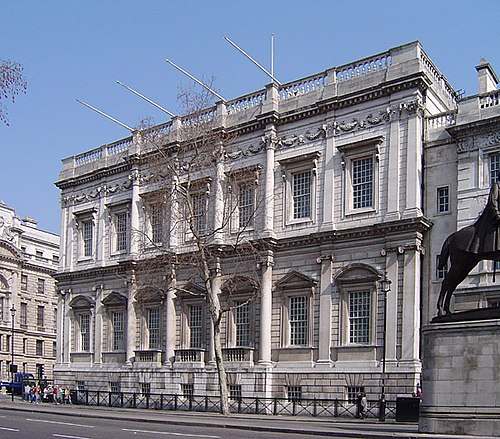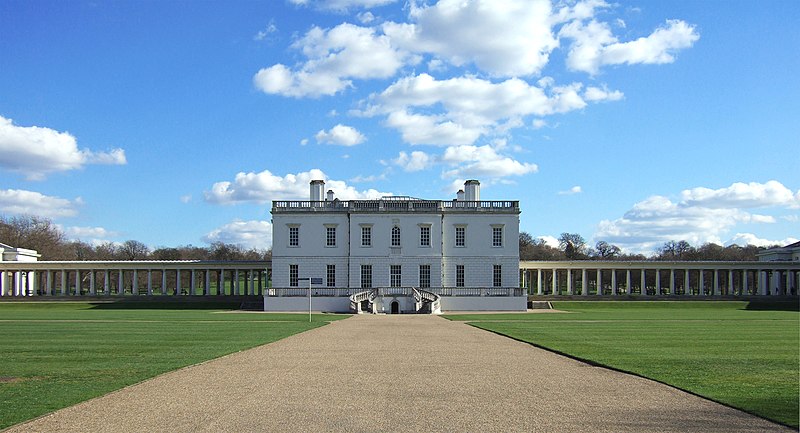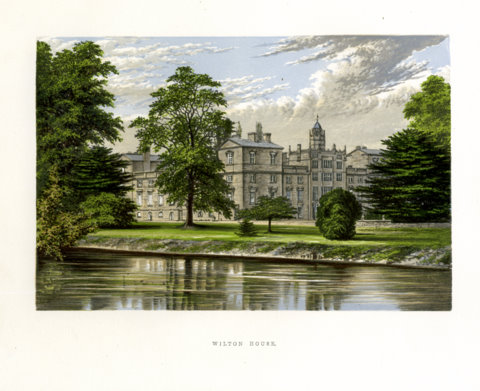
Banqueting House Whitehall, London, 1622
Inigo Jones, not Indigo Jones, was an influential English architect who lived from 1573 to 1652. He is widely regarded as one of the first prominent architects of the early modern period in England. Jones is best known for his contribution to the architectural style known as Palladianism, which drew inspiration from classical Roman architecture. While he is renowned for his work on various buildings, including the Banqueting House in London, his influence on traditional stately homes in England cannot be overlooked.
During Jones’ time, the traditional stately homes in England underwent a transition in architectural style. Prior to Jones, the predominant style was known as Tudor or Elizabethan, characterized by half-timbered structures, ornamental brickwork, and intricate detailing. In contrast, Jones embraced the classical principles of proportion, symmetry, and order, which he had studied during his travels in Italy.
Jones introduced a more restrained and classical architectural language to English stately homes. His designs incorporated elements such as columns, pediments, and classical ornamentation. He emphasized the use of geometric forms, regularity, and a sense of balance in his compositions. Jones’ work helped establish the Palladian style in England, which later became a defining characteristic of many traditional stately homes.

The Queen’s House, Greenwich, London, 1616 – 1635
One notable example of Jones’ influence is the remodeling of the Queen’s House in Greenwich, London, which was commissioned by Queen Anne of Denmark. The Queen’s House is considered one of Jones’ most important works, showcasing his mastery of classical proportions and elegant design. The building’s symmetrical façade, grand central entrance, and harmonious proportions exemplify the principles of Palladian architecture.

Wilton House , Wiltshire, South face additions, circa 1630
Another significant project influenced by Jones is Wilton House in Wiltshire. Jones was involved in the redesign of the house’s south front, where he introduced a classical pedimented entrance and a colonnaded loggia, creating a grand and imposing architectural composition.
While Jones’ work primarily focused on public and royal buildings, his influence extended to the design of stately homes across England. His architectural principles and classical aesthetics were widely adopted by subsequent generations of architects, who incorporated Palladian elements into the construction and remodeling of traditional country houses.
In summary, Inigo Jones played a pivotal role in introducing the Palladian style to England and revolutionizing the architectural landscape of traditional stately homes. His emphasis on classical proportions, symmetry, and order helped create a sense of grandeur and elegance that became synonymous with English country house design. Jones’ architectural legacy continues to inspire and influence the construction and preservation of stately homes in England to this day.
